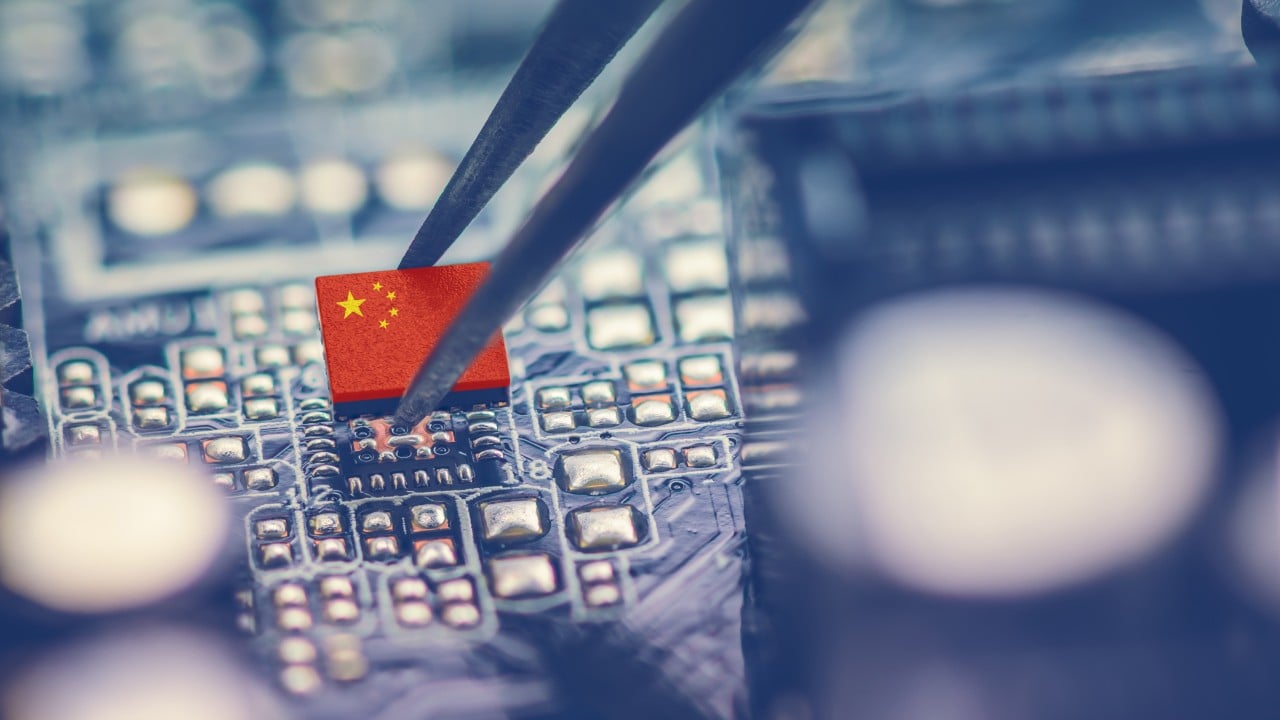Developing China’s “new quality productive forces” – a growth model championed by Beijing that emphasises technological breakthroughs and industrial upgrades – does not mean abandoning traditional industries, but rather integration and transformation through innovation, according to the ruling Communist Party’s leading theoretical journal.
Advertisement
The sustained driving force for economic growth comes from both fostering emerging industries and upgrading traditional ones – a dual-pronged push that must be tailored to local conditions – said Qiushi, which often serves as a platform for disseminating official policies, in an article published on its website on Friday.
The article acknowledged that since Beijing began promoting the new growth model, some regions had rushed headlong into new industries, blindly chasing projects featuring tech buzzwords such as artificial intelligence and electric vehicles, often ignoring local realities.
And some others had recklessly phased out traditional sectors, dismissing them as “low-end” or “outdated”, causing industrial gaps and disruptions.
“These issues risk fragmenting resource allocation and wasting inputs,” the article said.
Advertisement
The journal said the solution lay in regions leveraging their local strengths, targeting efforts precisely and pursuing a development path that was both reasonable and tailored to their specific conditions.
“Developing new quality productive forces requires certain conditions. Practical feasibility must be fully taken into account,” said President Xi Jinping, also the party’s general secretary, at the fourth plenary session of the party’s Central Committee in Beijing last month.

